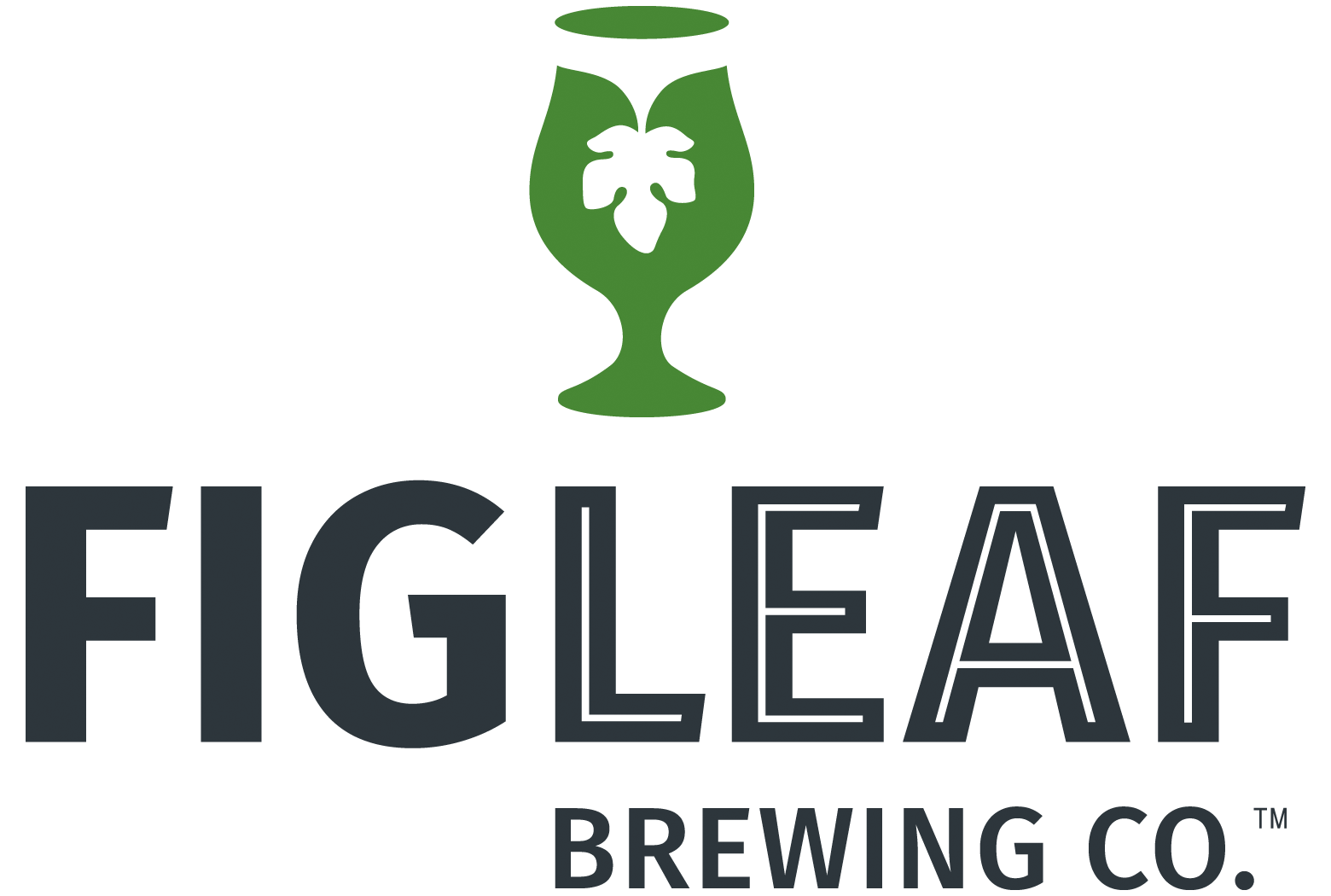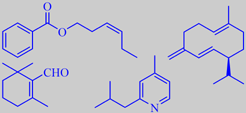

To address this research, we attempted to identify the allelopathic mechanisms of thirteen local preserved fig cultivars on the germination and seedling growth of common weeds and standard target species. Despite this widespread interest, few studies have investigated the allelopathic effect of some Moraceae species, while this mechanism has not been studied in Ficus carica. The phytotoxic effect of some tree species could act as an ecological filter through chemical production that influences plant growth of other species. This work arises valuable bases that can be used in future studies for agricultural purposes. These disparities of chemical profiles explain the phytotoxic effect of cultivar Bidhi more than Hemri. The β-Sitosterol represented the highest values of 1158.84 and 373.31 μg/g DW for cultivars Bidhi and Hemri, respectively.

A similar phytochemical profile was detected from both cultivars with a significant disparity in terpenoids composition. The phy-totoxic potential was reflected by terpenes, sterols and fatty acids as major compounds that were detected by Gas Chromatography–Mass spectrometry (GC–MS). In fact, Bidhi leaf petroleum ether extract induced the highest phytotoxic effect on seedling growth of lettuce and radish with an average inhibition of 80.3% and 52.3%, respectively, at the highest concentration. Results indicated that the petroleum ether extract from both studied fig cultivars was the most toxic, showing drastic inhibition of 75.5% on lettuce root growth, which was more sensitive than radish. The phytotoxicity of leaf extracts from fig cultivars was evaluated on the germination and seedling growth of target species. This study focused on the phytotoxic activity of two well-known Tunisian fig cultivars, Bidhi and Hemri, and its chemical profiles were compared. The different biologically active compounds from this plant may be influenced by genotypes (varieties), environmental factors and their interaction. access to your webcam or mic) or any other resources with administrative permissions.The fig tree (Ficus carica L.) is used as an advantageous rich source of bioactive compounds with high economic values for cosmetic and pharmaceutical industries. So, FigLeaf does not require sensitive permissions (like. Our app is UWP-based, which means it runs within the "AppContainer security context", aka sandbox.

You can find our complete privacy promise here: We don't use cookies, or have trackers on our website and only require an email address to activate the app.

We take pride in being a privacy company and do not promote any distribution mechanisms that can embed any malware within our app. This way you’ll also get the most recent and most stable version of the app. There might be a number of other resources offering FigLeaf, but we strongly recommend downloading from our official website to ensure that it has not been manipulated by anyone. That’s why the sideload option is needed. Currently, the FigLeaf beta app is distributed through our official website.
FIGLEAF BETA INSTALL
I worry about how much control you have to give it to install and runįigLeaf beta might ask for administration rights to install the software in case the "sideload" option is turned off on your Windows device. Hey, u/kdberg2! Thanks for your feedback.


 0 kommentar(er)
0 kommentar(er)
